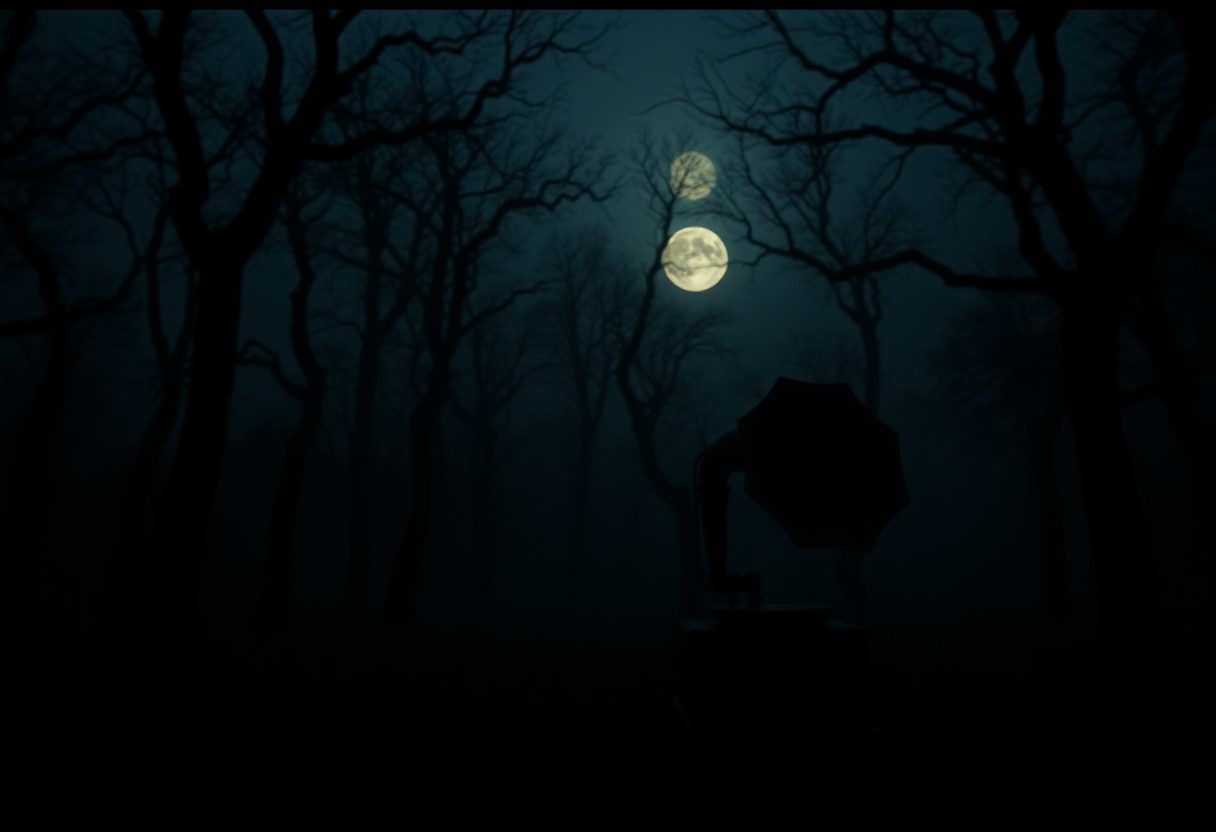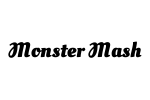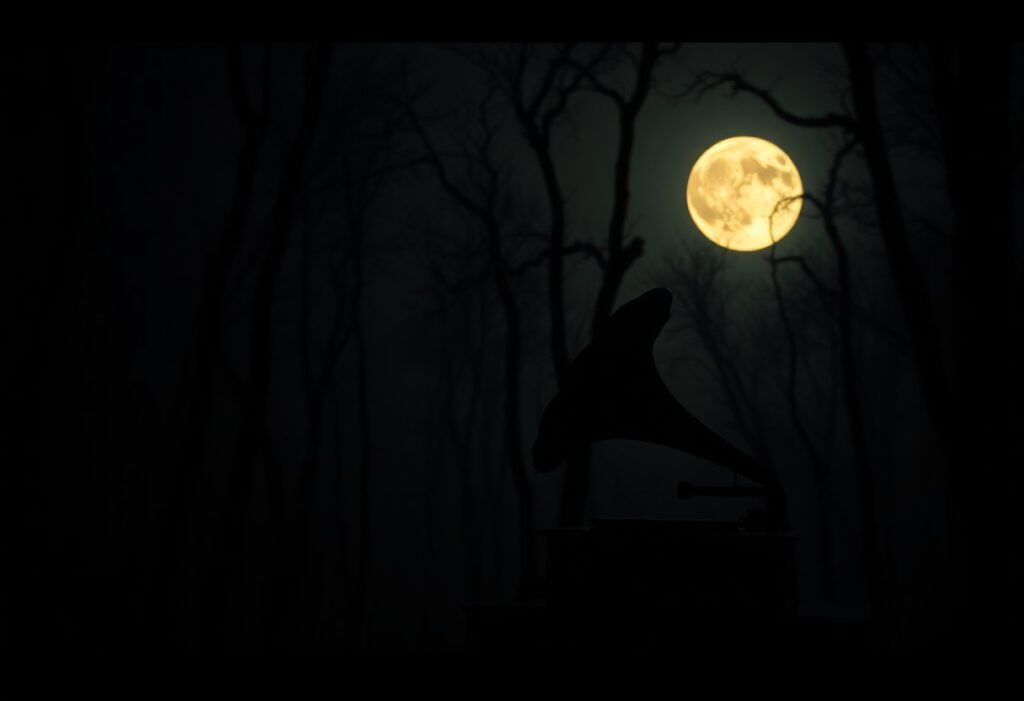Many folks out here don’t realize that horror soundtracks are like the modern-day legends that get your adrenaline pumpin’ and your heart racin’. You vibe with these beats, and they pull you into a world of chills and thrills, just like the old stories told around the fire. These tracks drop you into the depths of fear and excitement, makin’ you question what’s real and what’s not. Let’s probe how these soundscapes hit your soul like a fresh verse, keeping the spirit of folklore alive in ways that get your blood rushin’.
Key Takeaways:
- Horror soundtracks evoke deep emotional responses, akin to traditional folklores that serve to encapsulate societal fears and beliefs.
- The use of soundscapes in horror films can create a collective cultural narrative, reflecting contemporary anxieties similar to age-old folktales.
- Music in horror serves as a storytelling device, enhancing the atmosphere and contributing to the immersive experience, much like folklore oral traditions.
Unraveling the Sonic Thread: How Soundtracks Shape Horror Narratives
Your favorite horror flick ain’t just about the visuals; it’s the soundtrack that twists the knife. From that eerie creaking door to a ghostly whisper, the audio design pulls you deep into the heart of fear, setting the stage for every chilling moment. Think about it: when the music creeps in, tension builds like a pressure cooker ready to blow. It’s all about how those notes layer up, turning mundane scenes into pulse-pounding nightmares that stick with you long after the credits roll.
The Role of Sound in Building Atmosphere
Sound fills the gaps where visuals fade, wrapping you in a sensory cocoon that amplifies fear. Dark ambient tones, unsettling rhythms, and abrupt silences create a mood so thick you can almost slice it. Remember the tension in “The Witch”? The soundscape transports you to the eerie woods, making your heart race as you feel every rustle and shadow lurking just outside your view.
Emotional Manipulation Through Music
Soundtracks work like a master puppeteer, pulling at your emotions and flipping your fears on their head. Just a few notes can send chills through your spine, bringing back memories of past scares or dread for what’s lurking next. Films like “Hereditary” harness shrieking violins and dissonant chords to evoke raw feelings of despair and anxiety, leaving you breathless and on edge.
You don’t just hear music; you vibe with it, feeling its pulse sync with your heart. In horror, this is a weapon. Think of the iconic score in “Halloween”—the simple piano riff builds dread using repetition to dig deep into your psyche. That melody sticks, echoing fear long after you’re out of the theater. It shapes your emotional journey, luring you in, twisting your expectations, and binding you to the characters’ fates, amplifying every gasp, scream, and silent moment until your defenses crumble.

Echoes of Tradition: The Folkloric Elements Embedded in Soundtracks
Soundtracks in horror flicks pull from deep, ancestral vibes, weaving in cultural echoes that resonate with fear and the unknown. They create a sense of place and history, often invoking the spirits of ages past. Just like ancient ballads told tales of dark encounters, modern soundtracks layer their tracks with nostalgia, flipping traditional fears into cinematic experiences that hit hard on a personal level.
Cultural References and Mythical Inspirations
Your favorite scary movies often serve up a buffet of cultural references that tap into global myths and legends. These soundtracks might sample haunting chants or incorporate instruments that have been around since the dawn of time, linking you back to ancient beliefs about spirits and the supernatural. The blend of these elements sends chills, embedding rich folklore into a contemporary context.
Archetypes and Storytelling Techniques
Archetypes in horror soundtracks serve as a shout-out to classic narratives, using storytelling techniques that echo through generations. Think eerie violins for the haunted, heavy bass for monsters, and whispers for the supernatural. Each sound taps into something you’ve heard before, triggering your instincts and fears. The synthesis of these elements builds a familiar yet nerve-wracking atmosphere that keeps you at the edge of your seat.
| Element | Significance |
|---|---|
| Cultural Echoes | Reinforces connections to tradition |
| Haunting Instruments | Invoke ancient fears |
| Archetypes | Enhance emotional impact |
| Storytelling | Shape audience reactions |
| Dark Atmosphere | Create a sense of tension |
Further exploring into archetypes, you’ll find their rhythmic use in scores creates an unforgettable experience. Monsters and heroes come alive through sounds that feel both familiar and fresh, as if they’re stepping out from old tales. The chilling notes build a sense of dread through contrasting styles, tempo shifts, and dramatic crescendos, twisting your emotions as the story unfolds. The sound has the power to transform simple visuals into something haunting, keeping you locked in for that wild ride.
| Aspect | Role |
|---|---|
| Tempo shifts | Build suspense |
| Contrast of sounds | Create tension |
| Familiar motifs | Stir nostalgia |
| Dramatic crescendos | Elevate fear levels |
| Homage to folklore | Link to historical narratives |
The Psychological Dance: Soundtrack as a Tool for Fear
Horror soundtracks ain’t just background noise; they’re like a psychological chess game, twisting your mind and emotions. Each eerie note builds tension, pulling you deeper into the abyss of fear. It’s that unsettling hum or sudden scream that jolts you awake, not just stirring your heart but hijacking your thoughts. These soundscapes manipulate your senses and plunge you into a visceral experience, creating a dance of dread that you can’t shake off, echoing long after the credits roll.
The Science Behind Fear-Inducing Frequencies
Scientific studies reveal that certain frequencies resonate with your primal instincts, triggering feelings of unease. For instance, composers often use low-frequency sounds like 20 Hz to 200 Hz to induce discomfort, making your heart race and palms sweat. These vibrations physically affect your body, activating physiological responses linked to fear. The bass-heavy tunes that make your chest rumble aren’t just there for show; they’re mapped directly to your survival instincts, making you feel like you’re in a horror story that might jump out at you.
Audience Responses: Conditioning and Expectation
Your brain’s been trained to react to sound cues. When you hear a certain chord progression or a high-pitched screech, your body instantly knows something’s about to go down. This connection stems from repeated exposure to horror tropes—think of the *Jaws* theme or *Psycho*’s shower scene. These moments condition you to expect terror, pushing your adrenaline levels up as soon as those notes hit. This conditioning means that with every horror flick you watch, you’re not just a spectator; you’re part of a thrilling routine, waiting for that moment of fear to wash over you.
In reality, this conditioning gets into your psyche. Each time you see that familiar theme music or hear a tense score, your mind takes a short trip down memory lane, connecting it to past scares. It’s a built-in reflex; your body preps itself for the fright before it even hits. Studies show the brain releases dopamine during these moments, tying pleasure to the anticipation of fear, creating a rollercoaster ride of emotions that keeps you craving the next nerve-wracking experience. You’re not just watching—you’re actively participating in a sick, thrilling game of cat and mouse, where your emotions and instincts do the heavy lifting.
The Evolution of Horror Soundscapes: From Vinyl to Streaming
Horror soundtracks have rolled with the times, evolving from the crackling vinyl of yesteryears to today’s high-def streaming. That gritty, authentic feel of vinyl created atmospheric tension back in the day, but now, you examine immersive audio experiences that hit all the right notes with tech like Dolby Atmos. You ain’t just hearing sounds; you’re living them. Whether it’s a blood-curdling scream or the subtle creak of a door, each sound’s meticulously crafted to keep your heart racing as you binge-watch the latest horror flick.
Technological Advances and Their Impact
With each tech leap, horror soundtracks got wilder, pushing boundaries that vinyl could never touch. Digital tools let composers layer sounds like never before, from spine-chilling whispers to unsettling ambient noise. Streaming platforms now deliver killer compositions straight to your headphones, altering how you connect with the horror genre. Soundtracks are more than background noise; that *immersive experience* pulls you in tight, making you part of the fear.
The Rise of Indie Composers and DIY Aesthetics
Indie composers have flipped the script on traditional horror soundtracks, bringing fresh voices and raw creativity into the mix. You see ’em DIY-ing cool, gritty vibes from their basements, using budget-friendly equipment to create chilling soundscapes. That hustle gives indie tracks a unique edge, often resonating deeper with fans who crave authenticity over the polished mainstream sound.
Innovative indie composers like Charlie Clouser and Radiohead’s Jonny Greenwood have transformed horror music by embracing *lo-fi aesthetics* and *experimental sounds*. This unique blend of styles taps into the unrefined and emotional, resonating with audiences looking for something real. You’ll find tracks that use found sounds—think eerie whispers or footsteps recorded in a haunted house—making it feel personal. With their grit and authenticity, these indie vibes are hauntingly relatable, catching fire on platforms like Bandcamp and TikTok, where originality reigns supreme over big budgets.
Crafting a New Mythology: Modern Horror Soundtracks as Cultural Commentary
Modern horror soundtracks spit fire, weaving together threads of your reality in a chilling tapestry. They don’t just scare; they challenge you to confront the demons lurking in your everyday life. By blending eerie notes and heavy beats, soundtracks become the new campfire stories, reflecting the tensions and struggles you face in today’s society. This auditory experience transforms fear into a cultural commentary, echoing your joys and woes while shaping a fresh mythology that speaks to the darkest corners of your mind.
Reflections on Societal Fears and Anxieties
The soundtracks out there are like mirrors, reflecting the deep-seated fears and anxieties you hustle through daily. Tracks pulsating with tension and dread capture the essence of societal breakdowns and personal struggles, addressing themes like isolation, violence, and existential dread. This sonic exploration forces you to vibe with the darker aspects of life, turning nightmares into a relatable narrative that resonates on a personal level.
Engaging with Contemporary Issues Through Sound
Contemporary horror soundtracks are straight-up revolutionary, tackling urgent issues like mental health, systemic injustice, and technology’s grip on your life. By layering unsettling audio textures with poignant themes, they engage you in thought-provoking conversations about what’s real and what’s manufactured. These soundscapes push you to dissect your own experiences, peeling back the layers of your reality while connecting the dots between fiction and your everyday grind.
Soundtracks often incorporate samples and sounds from the real world, infusing chaos into tracks that echo gunshots or urban tension. Movies like “Get Out” or series like “The Haunting of Hill House” use chilling melodies and discordant harmonies to dive deep into racism and trauma. This connection between sound and social commentary makes you feel each note, turning that bang of a drum into a call to action. When you hit play, you’re not just hearing notes; you’re absorbing a cultural critique that challenges you to rise and reckon with your own truths.
Final Words
Presently, you see horror soundtracks rollin’ deep in the game, hittin’ hard like urban legends of old. They paint them chills and thrills, twistin’ your mind like a grand tale spun in the street. These beats and eerie vibes ain’t just tracks; they’re the new folklore, shiftin’ your reality and makin’ your heartbeat race. So next time you vibe to that haunting score, know you’re in the loop of a modern-day myth that keeps us all shudderin’ and talkin’. Embrace it, ’cause your playlist is livin’ proof of this wild narrative.
FAQ
Q: How do horror soundtracks reflect modern cultural fears?
A: Horror soundtracks often incorporate dissonant tones and unsettling rhythms that resonate with contemporary anxieties, such as societal violence or the unknown. These elements echo traditional folklores that served to caution or warn communities about dangers, thus creating a parallel between the past and present fears.
Q: In what ways can horror soundtracks convey storytelling similar to folklores?
A: Much like folklores that narrate moral lessons or cautionary tales, horror soundtracks use musical themes to enhance storytelling in films. Melodies can signal emotional cues, character arcs, or pivotal plot points, drawing audiences into a narrative that mirrors the allegorical nature of traditional folklores.
Q: Are there specific elements in horror soundtracks that link them to folklore traditions?
A: Yes, common elements include the use of instruments that invoke rustic sounds, repetitive motifs that create an unsettling atmosphere, and evocations of nature or primal fears. These components tie horror soundtracks to folklores, as they both tap into shared human experiences and collective memories.


